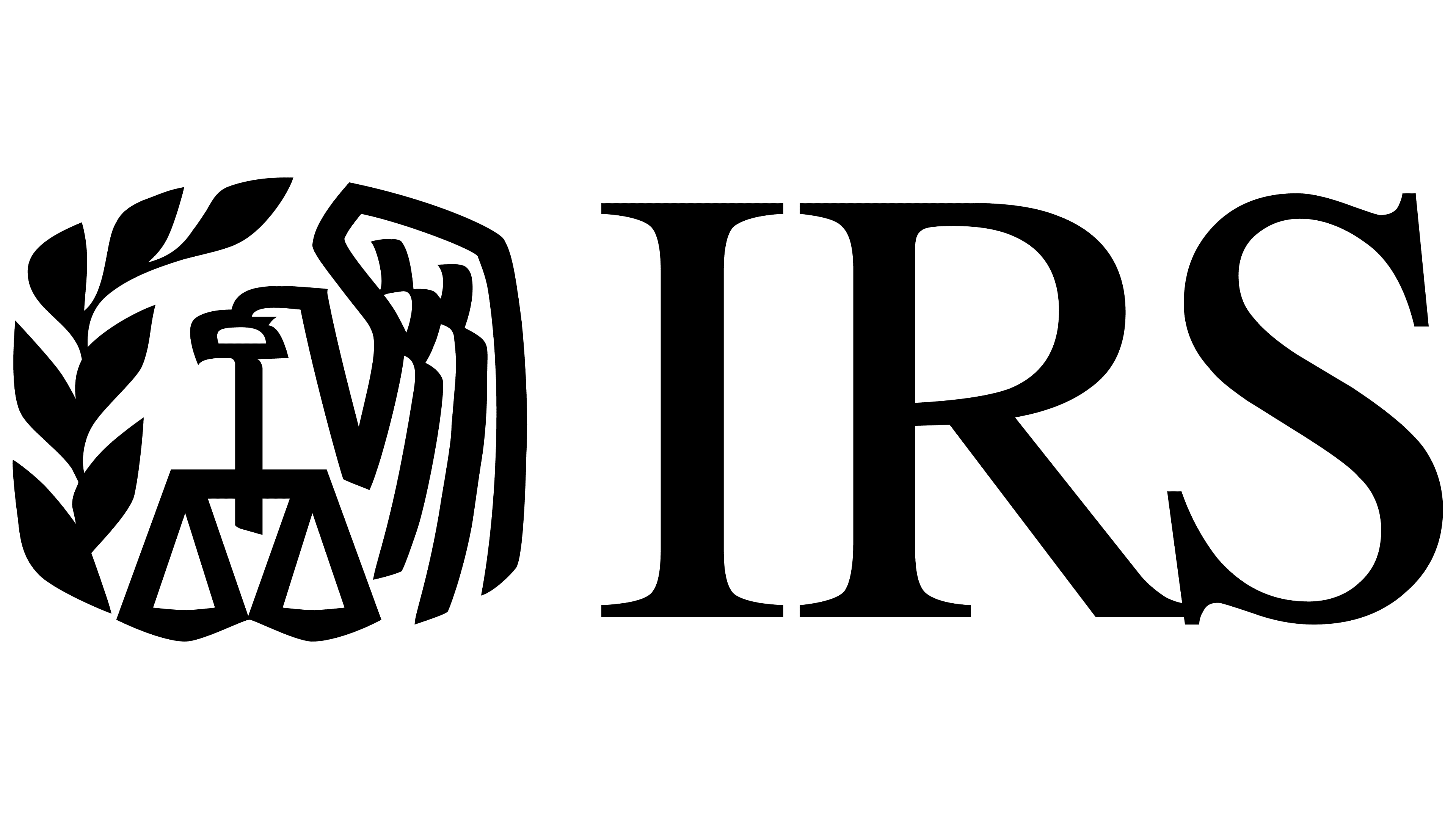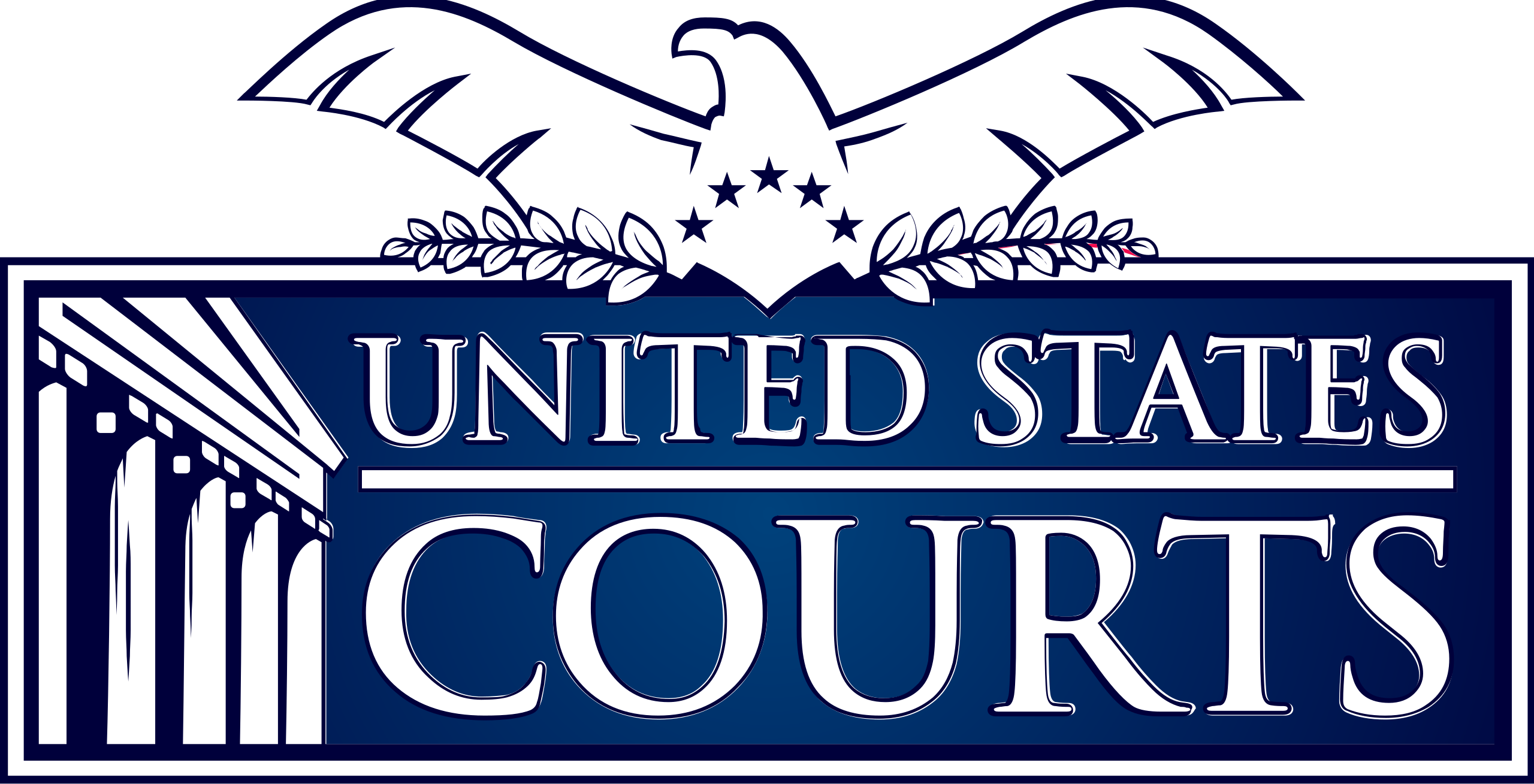






5-Star Service, Trusted & Loved by Hundreds
Your Appraiser Search Ends Here
Your Appraiser Search Ends Here
.avif)

Nationwide Coverage – Appraisals Anywhere in the US

Get it done Onsite or Online

Any Asset, Covered

Defensible for Any Purpose
The claim process involves multiple intricate stages that require careful documentation and communication. Initially, the policyholder must promptly notify their insurance provider about the incident, providing comprehensive details and supporting evidence. This early communication establishes the foundation for a potential settlement.
Documentation plays a pivotal role in substantiating the claim's legitimacy. Policyholders must gather relevant materials such as photographs, receipts, official reports, and witness statements that comprehensively demonstrate the extent and circumstances of the loss. These materials serve as critical evidence during the insurance company's investigation.
Following notification, a claims adjuster will thoroughly review the submitted documentation, assess the incident's details, and determine the claim's validity based on the specific policy's terms and conditions. This professional evaluation ensures that the claim aligns with the agreed-upon coverage parameters.
The resolution phase involves the insurance company's decision to approve, deny, or negotiate the claim's compensation amount. If approved, the insurer will issue payment to the policyholder or directly to service providers, helping restore the financial position of the affected party.
Successful claims management requires precision, timeliness, and transparent communication. Policyholders who understand this process and maintain meticulous records significantly improve their chances of receiving fair compensation during challenging circumstances.
Professional appraisals deliver precise valuations that go beyond surface-level assessments. Certified appraisers meticulously evaluate property, considering nuanced factors like condition, market value, and specific characteristics that significantly impact overall worth. This detailed approach ensures policyholders receive fair and accurate compensation that truly reflects their property's value.
Documentation is another fundamental aspect of insurance claim appraisals. The formal assessment creates an authoritative record that serves as a critical reference point for both the policyholder and insurance company. This comprehensive documentation helps eliminate ambiguity, reduce potential disputes, and provide clear evidence of the property's condition and value at the time of loss.
Expert appraisers bring specialized knowledge that transcends typical property evaluation. Their professional insight allows for in-depth analysis of complex assets, whether it involves specialized items like vintage collectibles, intricate jewelry, or unique property types. This expertise becomes particularly valuable when standard assessment methods prove insufficient.
The appraisal process also expedites claim resolution by presenting a clear, professionally validated valuation. By providing a transparent and detailed assessment, policyholders can streamline negotiations and reduce potential delays or conflicts with insurance providers.
Moreover, these professional evaluations serve as a strategic tool if claim disputes arise. Should an initial claim be denied or undervalued, a comprehensive appraisal provides robust evidence to support an appeal, potentially reversing unfavorable initial determinations.
Beyond immediate claim resolution, appraisals offer broader insights into potential coverage gaps. During the evaluation process, appraisers might identify nuanced damage or underinsured aspects of a property, empowering policyholders to make more informed future insurance decisions.
Ultimately, a professional insurance claim appraisal transforms an potentially stressful situation into a methodical, transparent process. By leveraging expert assessment, policyholders gain confidence, clarity, and a strategic approach to navigating complex property loss scenarios.
The process involves a detailed forensic examination of the silver piece, where expert appraisers leverage deep knowledge to uncover intricate details about the item's provenance. Specialized techniques are employed to authenticate the piece's origin, including careful analysis of hallmarks, maker's stamps, and distinctive design elements that provide critical insights into its historical context.
Condition plays a pivotal role in determining value. Professional appraisers conduct meticulous inspections, examining every surface for signs of wear, potential restoration attempts, and structural integrity. They assess subtle nuances like patina development, manufacturing techniques, and preservation quality that can dramatically influence the item's market worth.
Market research forms another crucial component of the appraisal process. Appraisers conduct extensive comparative analyses, tracking recent auction results, collector trends, and current market demands to establish a precise and current valuation. This approach ensures that the assessment reflects not just the silver's intrinsic material value, but its broader collectible significance.
The ultimate goal of an antique silver appraisal extends beyond a simple monetary figure. It provides owners with comprehensive documentation that serves multiple purposes, from insurance documentation to estate planning, offering a definitive understanding of the item's historical and financial importance.
The virtual appraisal process typically involves clients providing high-resolution images from multiple angles, along with critical details about the item's provenance, markings, condition, and historical context. Advanced video conferencing platforms like Zoom or Skype enable real-time interactions, allowing appraisers to conduct interactive examinations and answer client questions immediately.
Professional online appraisals adhere to the Uniform Standards of Professional Appraisal Practice (USPAP), ensuring rigorous methodology and credible valuation regardless of assessment format. This approach eliminates geographical constraints, providing flexibility for clients located anywhere and streamlining the entire valuation experience.
While online appraisals offer remarkable convenience, they are most effective when clients provide extensive, clear documentation. Precise photographs, accurate measurements, and comprehensive background information are crucial for delivering an accurate assessment of an antique silver item's condition, authenticity, and market value.
Clients should understand that some complex or rare pieces might still require in-person examination to determine a definitive valuation. However, for many antique silver items, online appraisals represent an efficient, professional, and accessible method of understanding an item's worth.
General appraisers offer broad knowledge across multiple antique categories, capable of evaluating various silver items with a comprehensive but less specialized approach. Their versatility allows them to assess diverse silver pieces, though they may lack granular insights into rare or complex items.
Specialty appraisers represent a more focused category, concentrating on specific historical periods, cultural origins, or design styles. These experts possess deep, targeted knowledge about particular silver manufacturing eras, makers, or regional craftsmanship. Their expertise enables precise authenticity assessments and nuanced market value determinations.
Certified appraisers bring professional credentials from recognized institutions, demonstrating rigorous training and adherence to established ethical standards. Their qualifications make them particularly valuable for formal documentation requirements like insurance evaluations or estate planning.
Auction house appraisers leverage extensive market experience, providing real-time insights into current silver valuation trends. Their proximity to active market dynamics allows them to offer sophisticated pricing assessments based on contemporary collector interests and market demands.
Independent appraisers operate autonomously, offering customized services with flexible engagement models. Their professional independence allows for personalized approaches tailored to unique client requirements and specialized silver item assessments.
Online appraisers represent an emerging category, utilizing digital platforms to conduct remote evaluations. Through advanced photographic documentation and detailed item descriptions, these professionals provide convenient assessment options for clients unable to engage in traditional in-person consultations.
Each appraiser type contributes unique perspectives to silver valuation, enabling owners to find precisely matched expertise for their specific needs.
Insurance protection represents a critical motivation for professional assessment. A detailed appraisal ensures accurate coverage, preventing potential financial gaps in the event of loss, damage, or theft. Insurance providers rely on professional documentation to establish appropriate compensation levels.
Estate planning demands precise valuation of inherited silver pieces. A professional appraisal provides clear, objective documentation that can streamline inheritance processes, minimize potential family disputes, and establish a transparent framework for asset distribution.
Tax considerations make appraisals particularly valuable for those considering charitable donations. When donating antique silver items exceeding $5,000, a qualified professional appraisal becomes essential for substantiating value and maximizing potential tax deductions.
For collectors and sellers, an appraisal delivers a realistic market assessment. This knowledge empowers informed decision-making, whether preparing to sell at auction, negotiate with potential buyers, or understand the current market positioning of a specific piece.
Beyond monetary considerations, an appraisal unveils the historical narrative embedded within each silver item. Professional assessment reveals intricate details about craftsmanship, origin, and cultural significance, transforming an object from a mere possession to a meaningful artifact with its own unique story.
Understanding the multifaceted value of antique silver through professional appraisal enables owners to make informed, strategic decisions about preservation, insurance, potential sale, and long-term asset management.
Antique appraisals are quoted on a project-by-project basis. These appraisals can be completed with in-person and online methods; in-person appraisals will sometimes include travel fees, when applicable. For some projects, when necessary, the price can be determined ahead of time, in line with the specifications of the work.
What Makes Antique Silver So Valuable?
Antique silver holds a unique place in both art and history, making it a highly sought-after collectible. Several factors contribute to the value of antique silver, each adding layers of significance and worth.
Key Factors Determining Antique Silver Value
Historical Significance
- Provenance plays a critical role in valuation
- Items from specific historical periods (Georgian, Victorian eras) carry greater value
- Designs reflect social and artistic trends of their time
- Historical context adds depth and narrative to the piece
Exceptional Craftsmanship
- Maker's mark indicates quality and origin
- Renowned silversmiths significantly increase item value
- Intricate patterns and unique designs enhance desirability
- Exceptional execution sets high-end pieces apart
Material Composition and Condition
- Sterling silver (92.5% pure) commands higher prices
- Silver content directly impacts overall value
- Condition factors include:
- Visible wear
- Tarnishing
- Previous repairs
- Well-preserved pieces are most valuable
Rarity and Market Demand
- Limited production increases collectible value
- Specific collection pieces command premium prices
- Market trends constantly influence silver valuation
- Collector interest can dramatically affect worth
Understanding these critical elements helps collectors and owners make informed decisions about their antique silver, particularly when considering insurance claims or potential sales.
Why Professional Appraisals Matter for Insurance Protection
When it comes to safeguarding your antique silver against unforeseen events, securing a professional appraisal is paramount. Antique silver, with its unique historical and artistic value, often demands a specialist's insight.
Why Professional Appraisals Are Critical for Insurance Protection
Key Benefits of Professional Silver Appraisals
- Accurate Valuation: Professional appraisers offer precise market-based valuations, ensuring your insurance policy reflects the true worth of your items. This prevents potential issues of underinsurance or overpricing.
- Comprehensive Provenance Documentation: A professional appraisal provides a detailed report documenting the item's history, which becomes crucial evidence for potential insurance claims, especially for pieces with unique backgrounds or notable origins.
- Claims Process Support: In the event of loss or damage, a professional appraisal serves as a reliable, authoritative document that substantiates ownership and item value, streamlining the insurance claims process.
- Dynamic Market Insights: Expert appraisers continuously track market trends, collector interests, and valuation shifts, ensuring your assessment reflects current market conditions.
- Comprehensive Asset Protection: A professional appraisal provides peace of mind, giving you confidence that your valuable antique silver is accurately documented and appropriately insured.
Long-Term Value of Professional Appraisals
Investing in a professional appraisal transcends immediate insurance needs. It represents a strategic approach to preserving and understanding the true value of your antique silver collection. By obtaining a thorough, expert assessment, you create a comprehensive record that protects your assets and provides clarity about their historical and monetary significance.
Key Factors That Determine Your Antique Silver's Worth
When assessing the value of antique silver, several key factors come into play, each playing a critical role in determining its worth. Understanding these aspects can help collectors and owners negotiate better insurance claims and make informed decisions.
Key Valuation Factors for Antique Silver
- Provenance
The history of the piece profoundly influences its value. Items with an established provenance—documented ownership history, especially if linked to notable figures or events—tend to command higher prices. - Maker and Manufacturer
The silversmith or manufacturer of the piece is a crucial factor. Renowned makers like Tiffany & Co. or Gorham usually see their items valued higher due to their brand reputation and the distinct qualities of their craftsmanship. - Age and Rarity
Generally, older pieces can be more valuable, particularly if they are rare or represent a specific historical style or period. Items produced during certain eras, like the Georgian or Victorian periods, are often highly sought after by collectors. - Condition
The physical state of the silver significantly impacts its marketability and value. Key condition considerations include:- Absence of major dents or scratches
- Minimal repair work
- Limited polishing to preserve original finish
- Weight and Silver Content
The intrinsic value based on the silver's weight and purity is another essential consideration. Sterling silver (92.5% pure) typically holds higher value compared to lower-grade metals. - Market Trends
Current demand in the antique silver market can significantly influence pricing. Staying informed about recent auction results and market analyses provides crucial insights into potential valuation.
Familiarizing oneself with these factors can facilitate a more accurate appraisal and ensure that insurance claims reflect the true value of your antique silver pieces.
Identifying Valuable Antique Silver Types and Styles
Understanding antique silver requires expertise in recognizing distinct types and styles that have emerged throughout history. Each category offers unique insights into craftsmanship, cultural periods, and artistic expression.
Primary Types of Antique Silver
- Sterling Silver
- Composed of 92.5% pure silver and 7.5% other metals
- Typically marked with "925" or corresponding hallmark
- Highest standard of silver purity for collectible items
- Coin Silver
- Contains approximately 90% silver
- Predominantly used in American silverware before late 19th century
- Historically significant despite lower silver content
- Plate Silver
- Thin silver layer bonded to base metal
- Less intrinsically valuable
- Collector value often depends on maker's marks and condition
Historical Silver Styles and Characteristics
Georgian Silver (1714-1830)
- Characterized by intricate, ornate craftsmanship
- Design motifs inspired by classical architecture
- Emphasized elegant, detailed ornamentation
Victorian Silver (1837-1901)
- Featured bold and elaborate design elements
- Introduced advanced manufacturing techniques
- Made silver more widely accessible to different social classes
Art Nouveau and Arts & Crafts Movements
- Emerged late 19th to early 20th century
- Celebrated organic forms and handcrafted artistry
- Produced uniquely valuable collector pieces
Evaluating antique silver requires careful consideration of multiple factors, including age, maker's marks, design complexity, and historical context. These elements collectively determine an item's true worth and collectible significance.
How Professional Appraisers Evaluate Your Silver Collection
Professional appraisers utilize a comprehensive and methodical approach when evaluating silver collections for insurance claim purposes. Their meticulous process combines technical expertise, historical knowledge, and market insights to deliver precise valuations.
Key Stages of Silver Collection Appraisal
Hallmark and Maker's Mark Analysis
- Carefully examine unique identifying marks on each silver piece
- Determine origin, age, and manufacturer
- Assess historical significance and authenticity
- Identify potential rare or collectible characteristics
Physical Characteristics Evaluation
- Measure precise weight of each silver item
- Verify silver purity (typically measured in parts per thousand)
- Standard sterling silver is 925/1000 pure silver
- Inspect overall condition, including potential repairs or alterations
- Document any signs of wear, damage, or restoration
Market Value Assessment
- Research current collector demand
- Analyze recent auction and sales data
- Consider historical significance and rarity
- Account for regional and global market trends
Comprehensive Appraisal Reporting
- Compile detailed documentation of each silver item
- Provide itemized valuation with supporting evidence
- Create professional report suitable for insurance purposes
- Include high-resolution photographs and descriptive details
The silver appraisal process represents a sophisticated intersection of technical analysis, historical research, and market expertise. Professional appraisers bring specialized skills to ensure accurate, fair, and comprehensive valuations that protect the true value of your silver collection.
Finding the Right Expert for Your Antique Silver Appraisal
Selecting the Right Antique Silver Appraisal Expert
Finding the ideal expert for your antique silver appraisal is critical, especially when preparing documentation for insurance purposes. The intricate world of antique silver demands specialized knowledge that goes beyond simple value estimation.
Key Considerations in Choosing an Appraiser
- Professional Credentials
- Seek appraisers certified by reputable organizations like the American Society of Appraisers (ASA) or International Society of Appraisers (ISA)
- Verify professional memberships and specialized training in silver appraisal
- Specialized Silver Expertise
- Prioritize appraisers with demonstrable experience in antique silver
- Look for professionals who can confidently discuss:
- Historical periods (Colonial, Georgian, Victorian)
- Hallmark identification
- Provenance research
Evaluating Potential Appraisers
- Review Professional Background
Examine the appraiser's previous work, focusing on their experience with pieces similar to yours. A qualified expert should provide detailed insights into the unique characteristics of antique silver.
- Request Comprehensive Documentation
Ask for sample appraisal reports that demonstrate:
- Detailed analysis of silver pieces
- High-quality photographs
- Clear explanations of value determination
- Ensure Clear Communication
Choose an appraiser who:
- Explains their process transparently
- Answers your questions thoroughly
- Provides context for their valuation
Taking the time to carefully select a qualified antique silver appraiser ensures you'll receive an accurate, comprehensive assessment that truly reflects the value of your treasured pieces.
Essential Documentation for Comprehensive Insurance Coverage
Essential Documentation for Comprehensive Insurance Coverage
When seeking an antique silver appraisal for insurance claim purposes, comprehensive documentation is critical to establishing accurate value and ensuring proper coverage.
Key Documentation Requirements
- Proof of Ownership
Fundamental evidence establishing your ownership, including:
- Original purchase receipts
- Bills of sale
- Inheritance documents
- Gift certificates
- Historical Appraisal Documentation
Previous appraisal reports provide critical insights into:
- Item's historical value progression
- Condition assessments over time
- Market value trends
- Provenance verification
- Comprehensive Visual Evidence
High-quality photographs documenting:
- Multiple angles of the item
- Detailed close-ups of unique markings
- Engravings and hallmarks
- Current condition and wear patterns
- Detailed Condition Report
A transparent assessment including:
- Existing damages
- Previous repairs
- Restoration history
- Current structural integrity
- Market Comparative Analysis
Supporting documentation such as:
- Recent auction sale prices
- Comparable item valuations
- Current market trends
- Expert market assessments
- Insurance Policy Information
Relevant policy details including:
- Current coverage limits
- Specific policy conditions
- Existing valuation clauses
- Coverage requirements
Meticulously gathering and organizing these documents not only streamlines the appraisal process but ensures an accurate valuation that comprehensively protects your valuable antique silver investments.
Preparing Your Antique Silver for a Precise Valuation
Comprehensive Preparation for Antique Silver Valuation
Preparing your antique silver for a precise valuation is a meticulous process that requires careful attention to detail. A well-prepared presentation can significantly impact the accuracy and comprehensiveness of your appraisal, ultimately protecting your valuable heirloom.
1. Gather Comprehensive Documentation
- Provenance Research: Collect all available historical documentation, including:
- Original purchase receipts
- Family historical records
- Previous professional appraisals
- Condition History: Compile any existing condition reports that demonstrate the item's preservation and any previous professional assessments
2. Careful Cleaning and Inspection
- Gentle Cleaning Techniques:
- Use soft, non-abrasive cloths
- Avoid aggressive polishing
- Preserve the original patina
- Detailed Visual Examination:
- Identify maker's marks
- Note hallmarks and stamps
- Document any unique characteristics
3. Professional Documentation
- Photography Guidelines:
- Capture high-resolution images
- Photograph from multiple angles
- Take close-up shots of distinctive features
- Ensure clear lighting and neutral background
- Create Comprehensive Inventory:
- List all antique silver items
- Include detailed descriptions
- Record potential estimated values
4. Professional Consultation
- Engage specialized antique silver appraisers
- Seek experts with current market knowledge
- Obtain professional, credible valuation
Methodical preparation transforms your antique silver appraisal from a simple assessment to a comprehensive valuation. By following these strategic steps, you protect your investment and ensure an accurate representation of your treasured pieces.
Decoding Your Antique Silver Appraisal Report
Understanding the Key Components of Your Silver Appraisal Report
Deciphering an antique silver appraisal report is essential for comprehensive insurance protection and accurate valuation of your treasured items. This detailed document provides critical insights into the true value and characteristics of your silver collectibles.
Key Elements of a Comprehensive Appraisal Report
- Appraisal Purpose and Scope
- Identifies the specific reason for the appraisal (insurance, estate planning, resale)
- Determines the level of detail and focus required
- Detailed Item Description
- Comprehensive identification of silver type (sterling, coin silver)
- Examination of hallmarks and maker's marks
- Documentation of unique characteristics
- Verification of authenticity
- Condition Assessment
- Detailed evaluation of item's current state
- Documentation of:
- Wear patterns
- Restoration history
- Repair work
- Impact of condition on overall value
- Market Value Analysis
- Comparative assessment with similar items
- Research including:
- Recent auction results
- Current market trends
- Retail pricing
- Replacement Value Determination
- Precise estimate for insurance purposes
- Cost to replace the item in current condition
- Critical for ensuring adequate insurance coverage
Why a Thorough Appraisal Matters
A meticulously prepared appraisal report serves as more than just a valuation document. It provides a comprehensive record of your antique silver's unique characteristics, historical significance, and current market value. By carefully reviewing each section, you can gain valuable insights into your collection and ensure proper protection.
Remember, the details captured in your appraisal report are crucial for accurate insurance coverage, potential future sales, and preserving the legacy of your cherished silver items.
Market Dynamics: How Trends Impact Silver Valuation
The value of antique silver is dynamic, influenced by a complex interplay of market forces that can significantly impact its valuation. For insurance claim purposes, understanding these nuanced market dynamics is crucial.
Key Market Factors Affecting Silver Valuation
Consumer Demand Trends
- Vintage aesthetic popularity drives collector interest
- Shifting design preferences directly impact market value
- Unique pieces command higher prices in trending collections
Economic Considerations
- Inflation and currency fluctuations influence silver artifact values
- Economic health correlates with luxury goods investment
- Consumer spending patterns create market volatility
Cultural and Collector Dynamics
- Sustainability movement increases interest in vintage items
- Appreciation for historical craftsmanship drives collector demand
- Historical significance adds intrinsic value to antique silver pieces
Technological Market Influences
- Digital auction platforms expand global market reach
- Online marketplaces create more transparent pricing
- Increased accessibility drives market competition
Accurate appraisal requires a comprehensive understanding of these interconnected market dynamics. Professionals must continuously monitor trends, economic indicators, and collector behaviors to provide precise valuations that reflect current market conditions.
Your Antique Silver Appraisal: Common Questions Answered
Understanding Antique Silver Appraisals for Insurance
Antique silver appraisal is a specialized process that provides critical insights into the value of your treasured silver items. Whether you own family heirlooms or carefully collected pieces, a professional appraisal is essential for accurate insurance protection.
What Exactly is an Antique Silver Appraisal?
An antique silver appraisal is a comprehensive professional evaluation that determines the current market value of silver items, including:
- Flatware sets
- Decorative serving pieces
- Ornamental silver objects
Appraisers carefully assess multiple critical factors, such as:
- Item's age and historical significance
- Craftsmanship quality
- Maker's reputation
- Silver purity and weight
- Overall condition
Why Insurance Appraisals Matter
A professional appraisal serves as your financial safeguard in potential loss or damage scenarios. Insurance companies rely on detailed documentation to:
- Accurately determine replacement value
- Provide appropriate compensation
- Validate the item's worth during claims processing
Preparing for Your Silver Appraisal
Effective preparation can streamline the appraisal process:
- Collect all available documentation
- Original purchase receipts
- Previous appraisal records
- Authenticity certificates
- Gently clean items without altering original finish
- Avoid extensive polishing that might damage patina
- Select a qualified appraiser specializing in antique silver
What to Expect During the Appraisal
A professional appraiser will conduct a meticulous examination, which typically involves:
- Detailed visual inspection
- Checking maker's marks
- Determining silver purity
- Assessing overall condition and wear
- Providing a comprehensive written report
By understanding the intricacies of antique silver appraisal, you can confidently protect and preserve your valuable silverware for years to come.
Safeguarding Your Silver: Beyond the Appraisal
Comprehensive Protection Strategies for Antique Silver
Protecting your valuable antique silver requires a multi-faceted approach that goes beyond a simple insurance appraisal.
Detailed Documentation
- Capture high-resolution photographs from multiple angles
- Create comprehensive item descriptions
- Document distinguishing features like:
- Maker's marks
- Unique patterns
- Historical significance
- Maintain a digital and physical record of your collection
Insurance Considerations
Standard homeowners' insurance often falls short when protecting high-value collectibles. Key steps include:
- Consult with an insurance specialist
- Explore specialized personal property coverage
- Ensure full replacement value protection
- Update coverage as market values change
Optimal Storage Techniques
- Store in cool, dry environments
- Use anti-tarnish storage solutions:
- Specialized cloth wraps
- Acid-free storage boxes
- Humidity-controlled display cases
- Minimize exposure to direct sunlight and moisture
Maintenance and Preservation
Proper care is essential to maintaining your silver's condition:
- Use gentle, appropriate cleaning methods
- Avoid abrasive cleaning techniques
- Consider professional conservation services
- Handle items with clean, cotton gloves
Professional Guidance
Develop a long-term preservation strategy by:
- Establishing a relationship with a qualified appraiser
- Scheduling regular professional assessments
- Staying informed about market trends
- Obtaining periodic updated valuations
By implementing these comprehensive protection strategies, you can ensure the longevity, value, and beauty of your treasured antique silver collection.
BEST-IN-CLASS APPRAISERS, CREDENTIALED BY:














